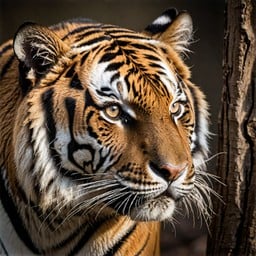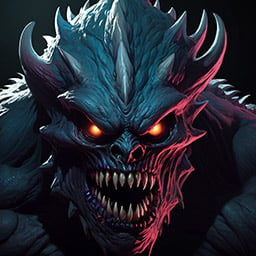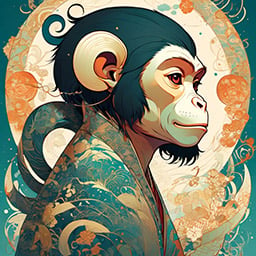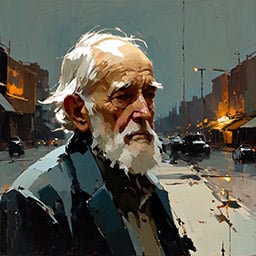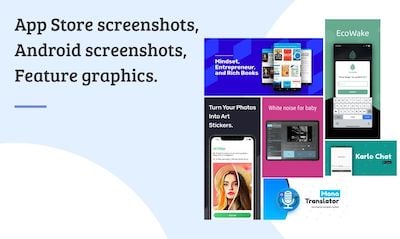SVG To PNG Converter

AI Art Maker

AI Photo Upscaler
Overview
This free online service converts images from SVG to PNG. Converting from SVG to JPG is also supported.
SVG is a widely supported vector graphic file format. However, some platforms like the iOS operating system powering the iPhone, iPad, and other Apple mobile devices do not support SVG natively. These platforms typically require raster graphics in the PNG or JPG format. Designers usually create graphics in a vector format like SVG because vector images are more flexible and more easily changeable to different sizes without suffering image distortions.
What is SVG?
SVG is an acronymn for Scalable Vector Graphics. As explained by Wikipedia, SVG is an Extensible Markup Language (XML)-based vector image format for two-dimensional graphics with support for interactivity and animation. The SVG specification is an open standard developed by the World Wide Web Consortium (W3C) and originally introduced in 1999. SVG images are mostly frequenly created with specialized desktop software like Adobe Illustrator and Sketch or browser-based editors like Figma and boxy-svg.com. As descendants of the XML standard, SVG files can also be edited from text editors, but this is less popular because of the difficulty in modifying graphics with text.
SVG supports three types of graphic objects: vector graphic shapes such as paths and outlines consisting of straight lines and curves, bitmap images, and text. Elements can be grouped, styled, transformed and composited into previously rendered objects. The feature set includes nested transformations, clipping paths, alpha masks, filter effects and template objects. SVG drawings can be interactive and incorporate animation. SVG uses CSS for styling and JavaScript for scripting.
For more details on SVG files, please refer to Wikipedia.
What is PNG?
PNG stands for Portable Network Graphics. PNG is a raster image format that supports lossless data compression. PNG was developed as an enhanced, non-patented replacement for Graphics Interchange Format (GIF). Raster images, often referred to as bitmap images, are graphics made from grids of pixels (points of color) as opposed to mathemtical representations like vector graphics. On the web, the dominant image formats are PNG, JPG, and GIF.
PNG supports multiple color ranges, including palettes of 24-bit RGB or 32-bit RGBA colors; grayscale images (with or without alpha channel for transparency); and full-color non-palette-based RGB or RGBA images. The PNG working group designed the format for transferring images on the Internet, not for professional-quality print graphics. As a result, PNG images do not support non-RGB color spaces such as CMYK.
The main benefits PNG images offer over JPG images is lossless data compression and transparency. Lossless compression means PNG images can be saved multiple times without incurring picture degradation whereas JPG images lose details and precision with each save operation.
For more details on PNG images, please refer to Wikipedia.




